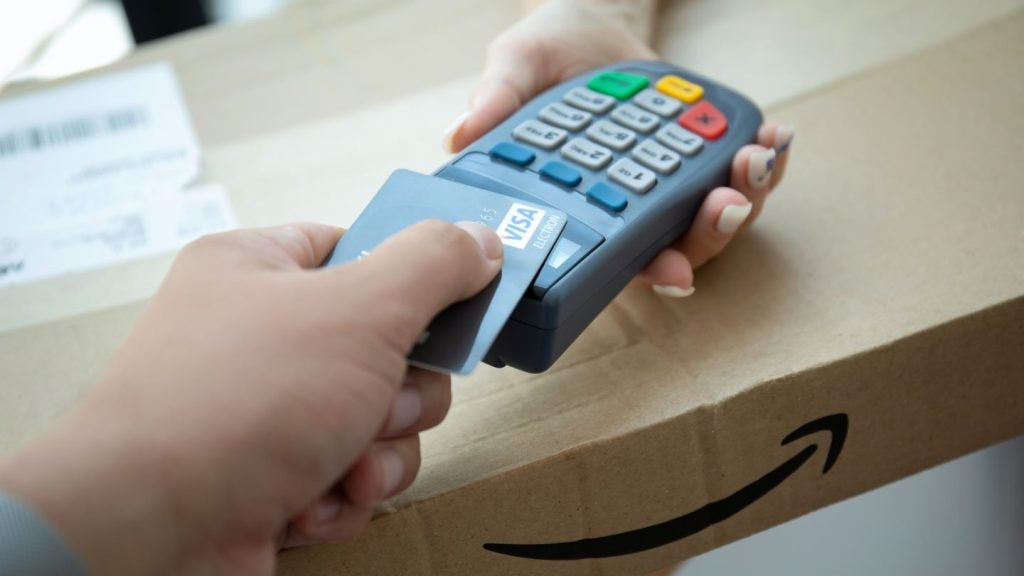Finland’s economy was badly shaken by the global economic crisis, but in terms of transaction volume its payment cards market has grown. With several businesses having discontinued the use of cash, the prospects for card payments look bright, with contactless payments expected to gain prominence
The European debt crisis had a profound effect on Finland’s economy, with GDP growth slowing to 0.2% in 2015.

Access deeper industry intelligence
Experience unmatched clarity with a single platform that combines unique data, AI, and human expertise.
However, despite the sluggish economy, the Finnish payment cards market grew between 2012 and 2016 in terms of transaction volume. Improvements to the country’s banking infrastructure, new product developments, higher awareness of electronic payments and the wider acceptance of payment cards at POS terminals were the main growth drivers between 2012 and 2016.
As a consequence, the frequency of transactions per card per year stood at 168.0 in 2016; this was the third-highest level in the Nordic and Baltic region, behind Denmark and Estonia.

Cash continues to decline
Use of cash has declined significantly over the past two decades, and several companies and government offices have abandoned use of cash altogether.

US Tariffs are shifting - will you react or anticipate?
Don’t let policy changes catch you off guard. Stay proactive with real-time data and expert analysis.
By GlobalDataFor instance, the National Land Survey of Finland stopped accepting cash in two customer service branches in North Karelia during January–April 2013. The primary reason for this was to save costs, as cash deposits needed to be sent to the bank once or sometimes twice daily.
As the trial was successful, the National Land Survey of Finland discontinued acceptance of cash in all branches in Central and Southern Finland, as well as Pirkanmaa-Satakunta.
Security is another reason why many offices and businesses in Finland refuse cash payments. Aurinkomatkat, one of the country’s largest travel agencies, has terminated cash payments in its service offices, primarily for security reasons.

Dominance of debit cards
Debit cards accounted for 82.6% of the total payment cards transaction value in 2016. Finnish consumers have traditionally preferred debit cards to make payments.
Banks and card issuers often offer cards with dual debit and credit functionality, allowing customers making transactions in Finland or abroad to opt to pay by debit or credit at POS terminals, with cards having a credit card number on the front and a debit card number on the reverse.
Combined efforts by card issuers and government bodies, and the rapid reduction in the use of checks have accelerated the adoption of debit cards.
Given the strong hold of debit cards, credit cards have been slow to take off. However, there have been significant shifts in product and marketing strategies over the past five years, and credit card issuers are now using a number of initiatives to attract consumers, such as offers of no annual fees, interest-free periods of up to 40 days, reward points, discounts at partner retailers and cashback.
Adoption of EMV and contactless
All cards issued in Finland are EMV-compliant, and the majority host contactless technology.
According to the central bank of Finland, the number of contactless cards was 3.8 million in 2015. The number of contactless cards was estimated at 5.5 million in 2016, and is expected to reach 10.1 million by 2021, with banks and card issuers particularly keen to promote contactless technology.
Retailers are also installing contactless POS terminals to benefit from the trend. In July 2015, Spire Payments, in collaboration with Finnish payment service provider Poplatek Oy, received a contract to supply 15,000 EMV and contactless-enabled POS terminals to slot machine provider RAY.
With a growing number of retailers accepting contactless payments, the increased use of contactless technology is anticipated to further drive payment card transaction values and volumes between now and 2021.

Alternative payments gain prominence
E-commerce recorded robust growth between 2012 and 2016, as a result of rises in internet penetration, consumer confidence in online transactions and the presence of online gateways.
E-commerce recorded a CAGR of 6.27%, rising from $7bn (€5.5bn) in 2012 to $8.9bn in 2016, and is anticipated to reach $12.3bn in 2021.
Traditional instruments such as credit transfers and payment cards remain the preferred modes of payment in Finland, collectively accounting for 70.2% of the overall e-commerce transaction value in 2016.
The emergence of new alternative payment solutions such as Seqr, Mobile Pay, Pivo mobile wallet and Bango carrier billing are expected to challenge the dominance of traditional payment methods in the e-commerce space over the coming five years.
Digital wallets, mobile wallets and carrier billing collectively accounted for 9.6% of the e-commerce transaction value in 2016, up from 5.3% in 2012.







